How to Create and Set a Custom Resolution on Windows?
Windows allows you to select from a range of preset screen resolutions for your display, determined by your graphics card or GPU and monitor hardware. You can easily adjust your screen resolution using one of these presets. However, what if you need a resolution not included in these options? This is where custom resolutions come into play. Custom resolutions enable you to set almost any screen resolution and refresh rate for your display. If you’re trying to use a bespoke resolution not available in Windows’ preset list, this guide will show you how to add it.
This is where custom resolutions come into play. Custom resolutions enable you to set almost any screen resolution and refresh rate for your display. If you’re trying to use a bespoke resolution not available in Windows’ preset list, this guide will show you how to add it.
1. Set a Custom Resolution Using Dedicated GPU Software
This method might vary slightly based on the version of your graphics driver and graphics card, but the process is similar for both NVIDIA and AMD GPUs.
1.1 NVIDIA Graphic Card:
- Open the NVIDIA Display Properties by right-clicking on the Windows desktop and selecting NVIDIA Display.
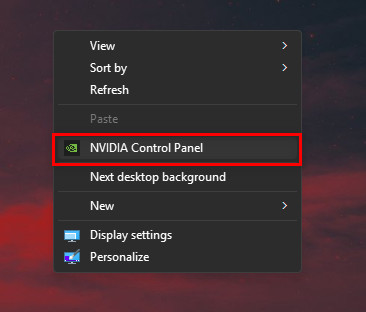
- In the Display category, choose Change Resolution.
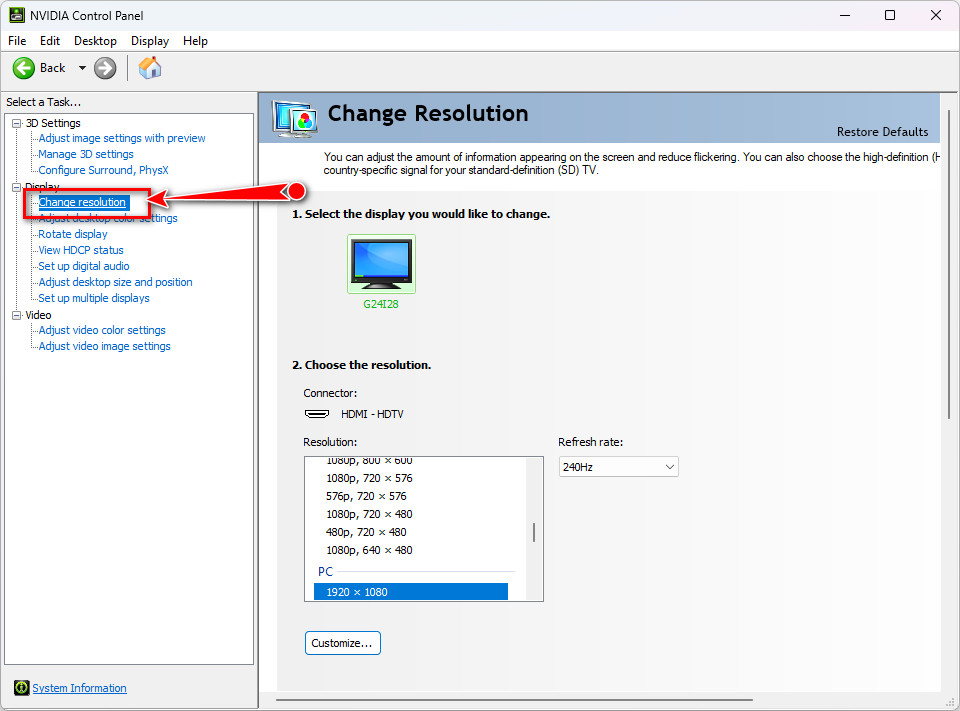
- If you’re using multiple monitors, select the one you want to customize and click on Customize.
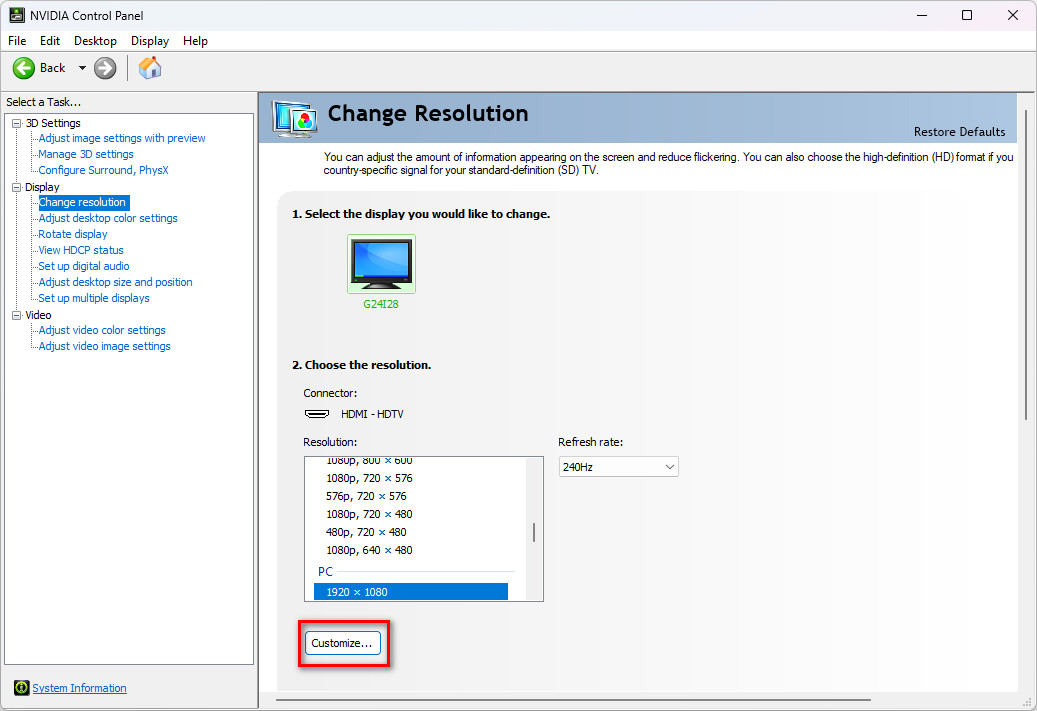
- If accessing this feature for the first time, accept the End User License Agreement.
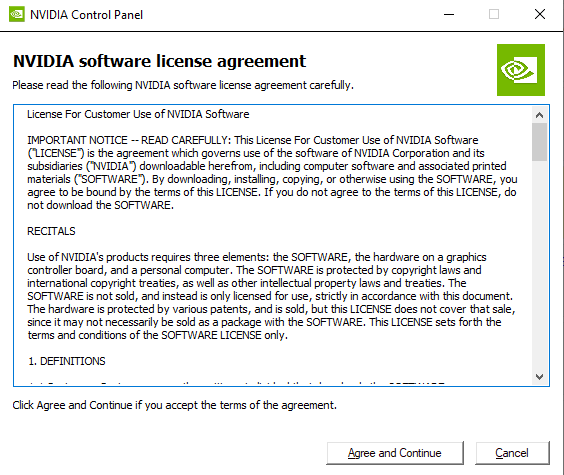
Click on Agree. - In the next window, hit Create Custom Resolution.
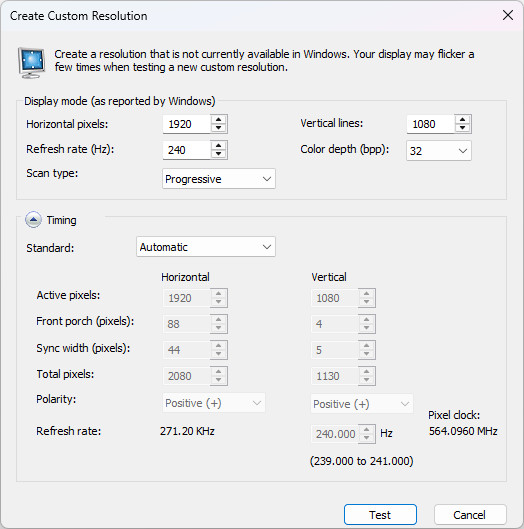
Create Custom Resolution - Input your desired values for the display, adjusting Horizontal pixels (width), Vertical lines (height), Refresh rate, Color depth, and Scan type as needed.
- Click the Test button to see if the custom mode is supported. If the test fails, you’ll need to try different settings.
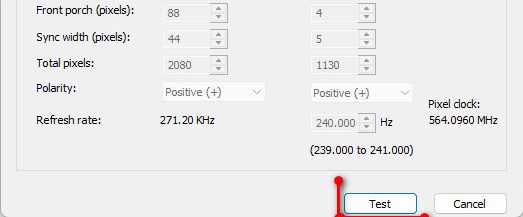
Remember: Not all monitors/LCDs support higher Refresh Rates (Hz) or even Resolution. - Return to the Change Resolution page to select from your newly created custom resolutions.
1.2 AMD Graphic Card:
- Open the AMD Catalyst Control Center.
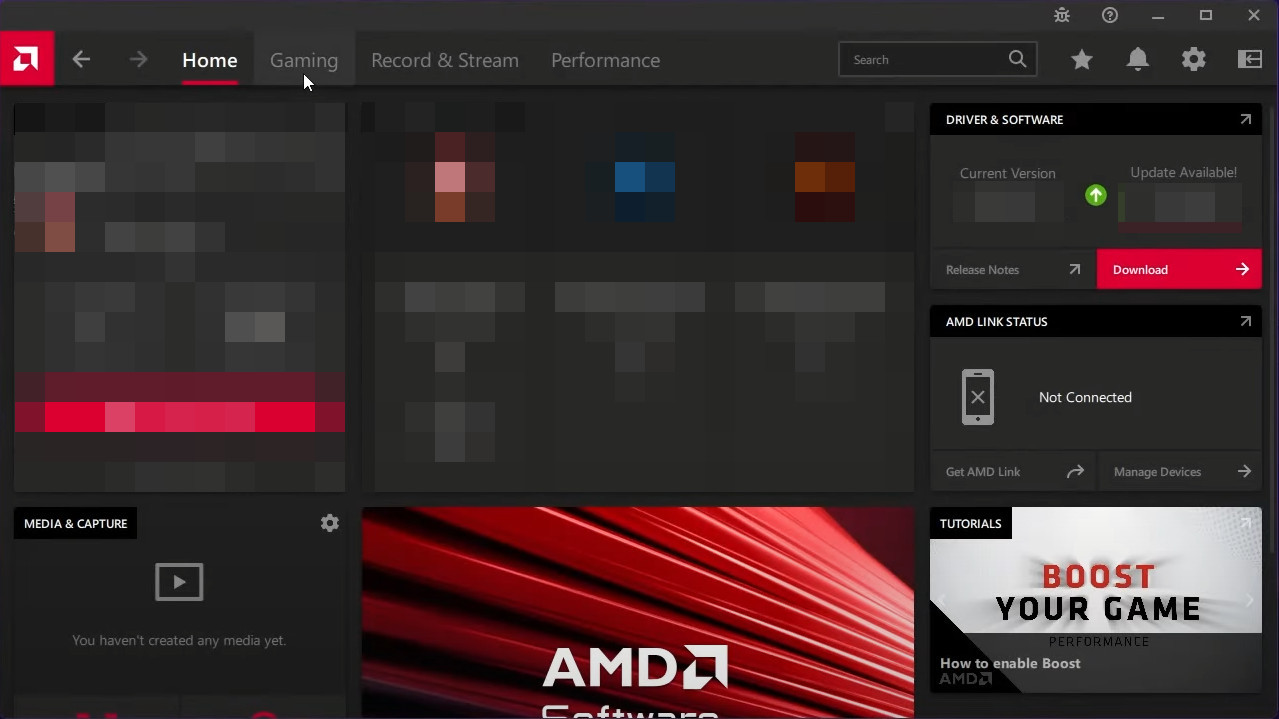
- Navigate to the Gaming section, select Display, and choose your monitor if you’re using multiple monitors with your GPU.
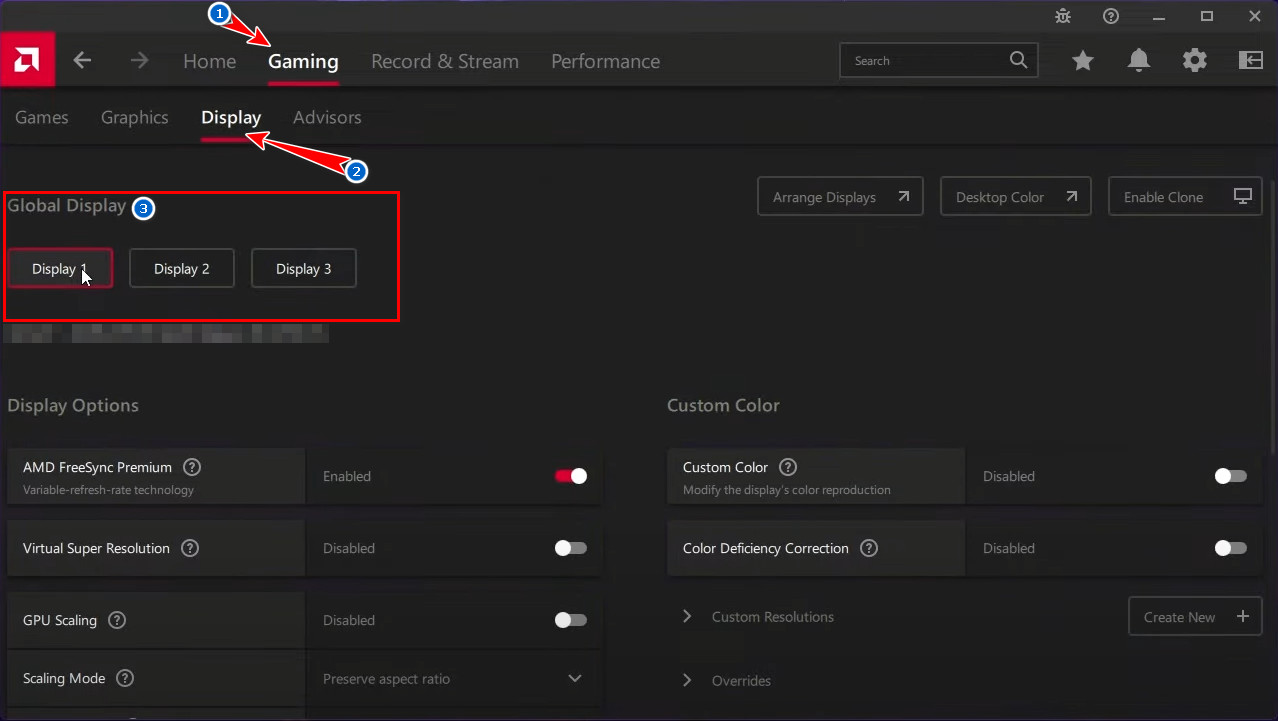
- Click on the Custom Resolution button at the bottom right corner, then hit +Create New.
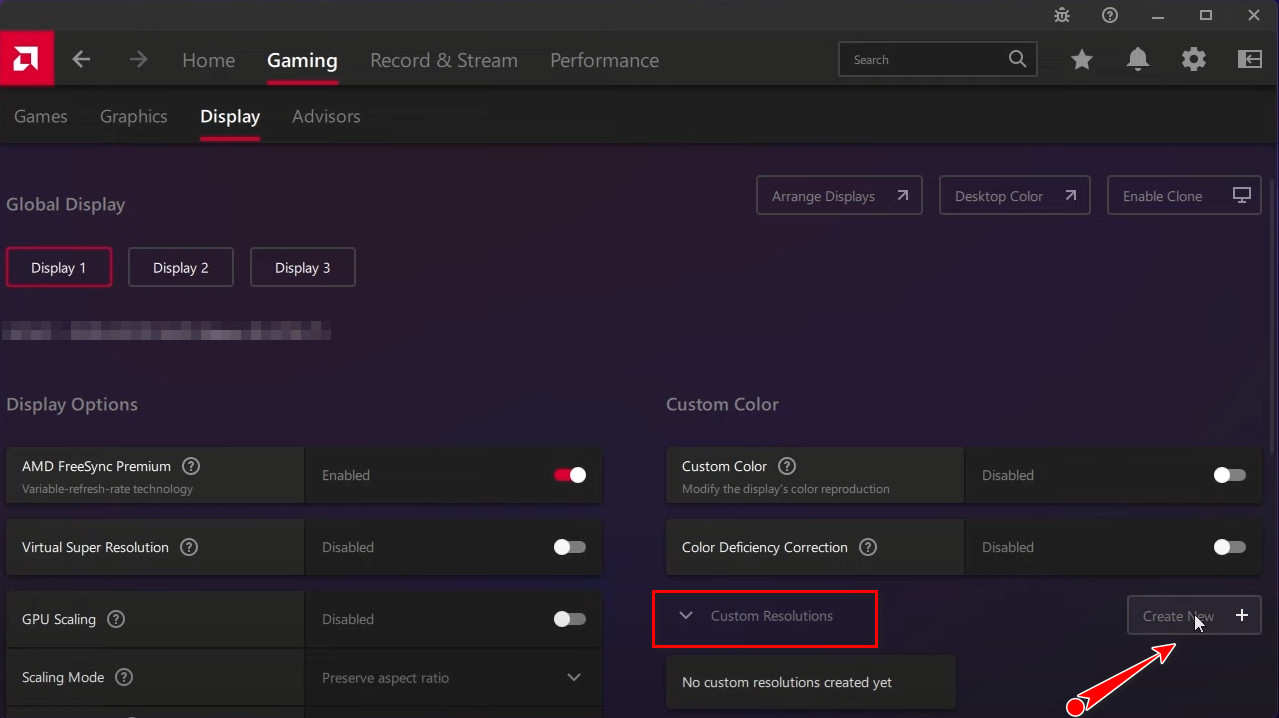
- Select your resolution (Vertical × Horizontal) and the supported Refresh Rate (Hz).
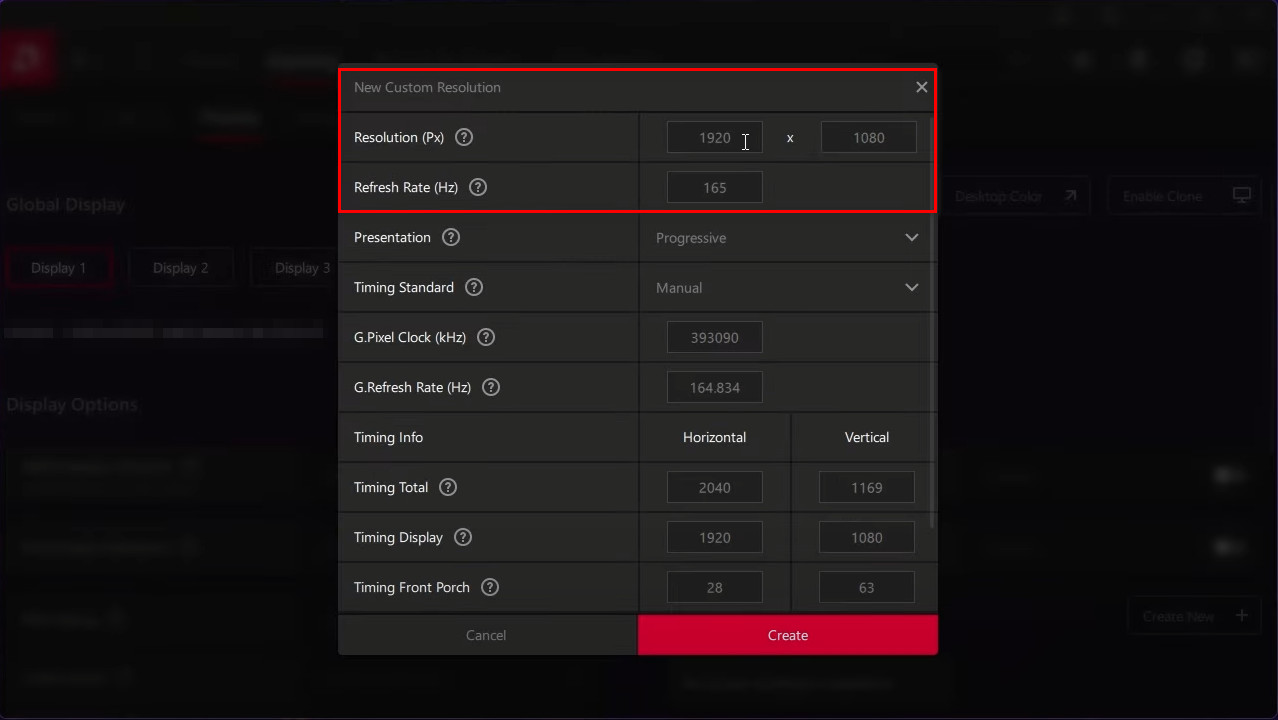
Remember: Standard office monitors typically support 60Hz, while gaming monitors can support higher rates. - In the Timing Standard, opt for CVT-Reduced Blanking.
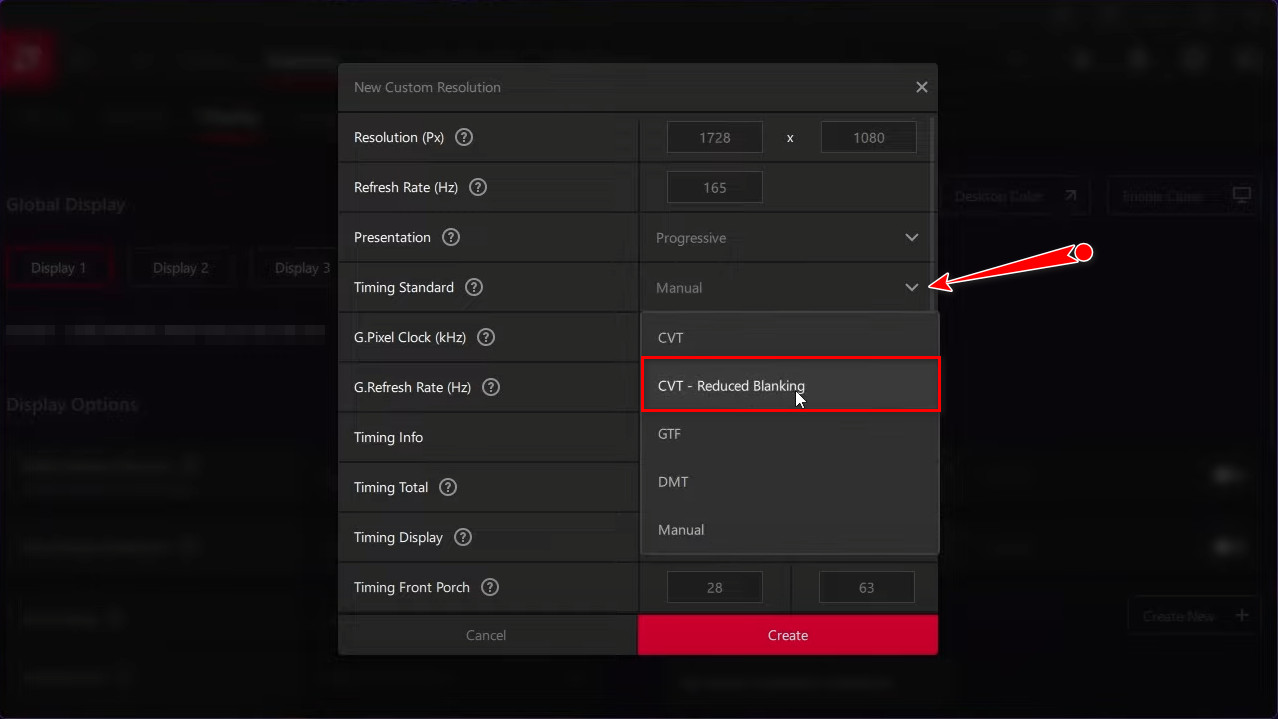
- Press Create without modifying any other settings.
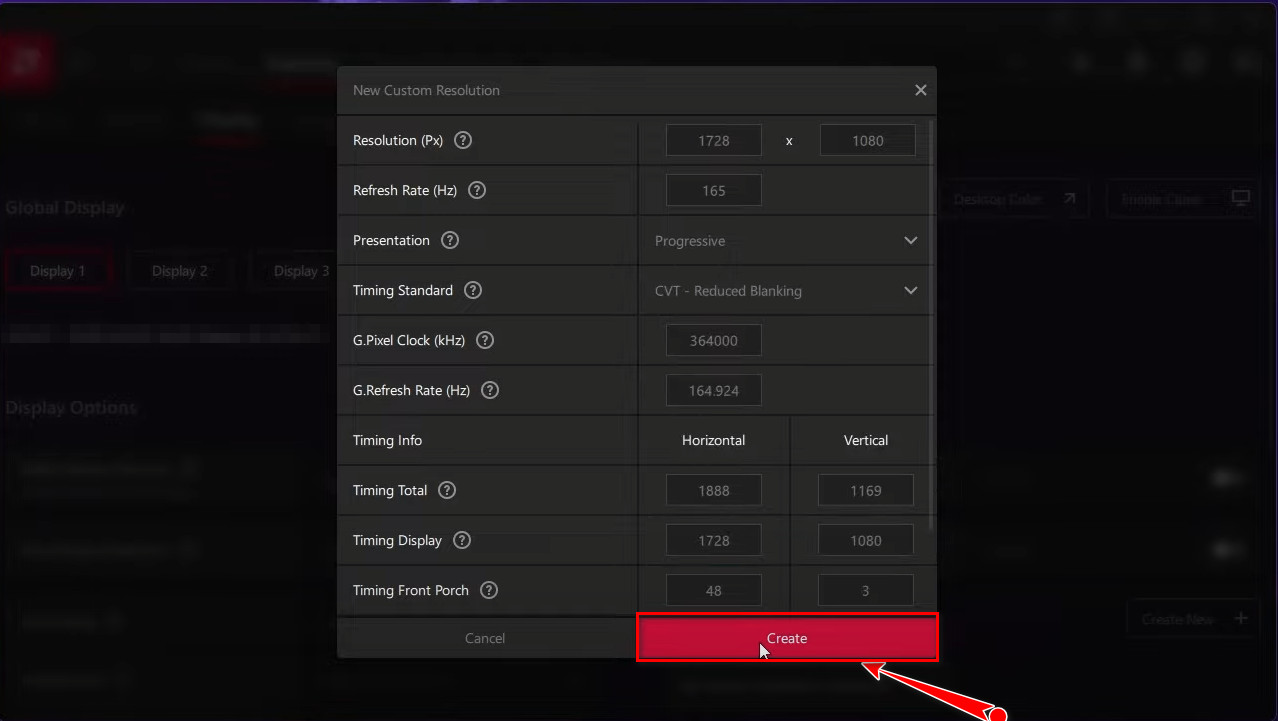
- Your custom resolution will now appear on the right side as illustrated in the image.
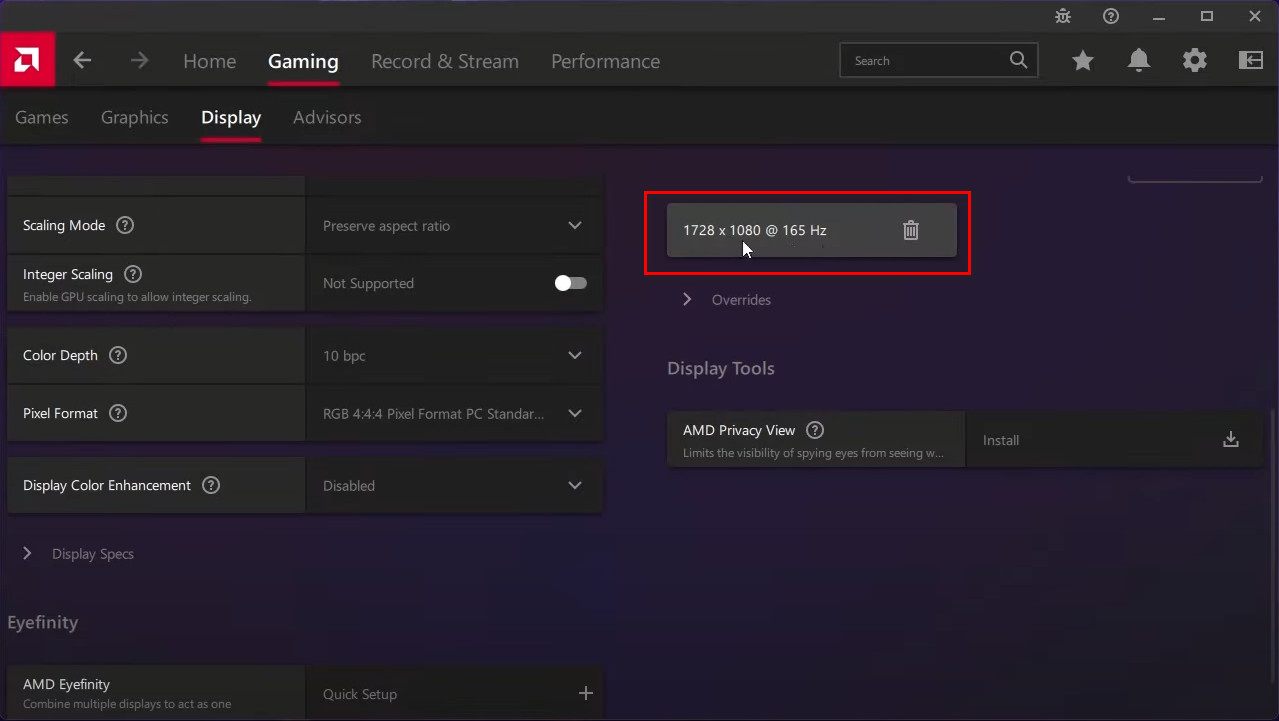
- Scroll up, locate GPU Scaling, and toggle it ON.
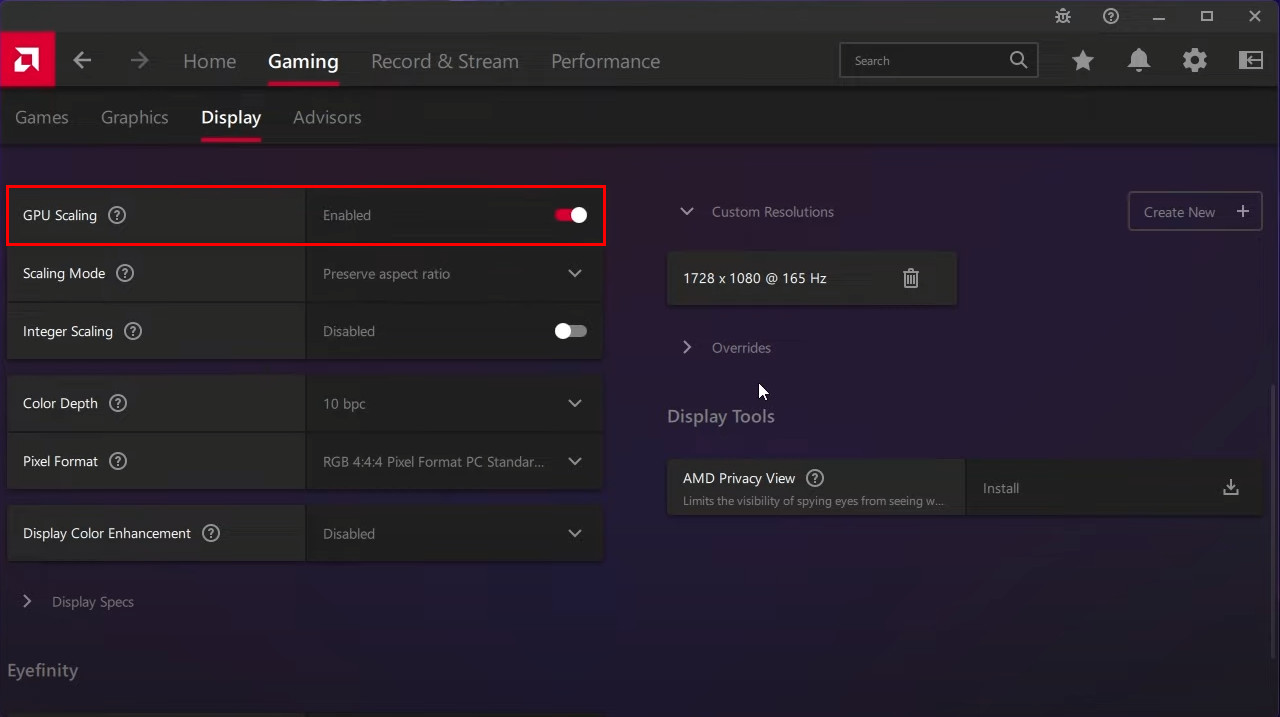
That’s it. Often, enabling GPU Scaling doesn’t require a restart, but if changes don’t take effect, simply restart your PC.
2. Set a Custom Resolution Using Third-Party Software
For users desiring more customization options or whose graphics cards may not support custom resolutions natively, third-party software is a viable solution. This method is compatible with PCs running Windows Vista or later, including systems with AMD, NVIDIA, or partially supported Intel GPUs.
- Download the Custom Resolution Utility (CRU) and extract the zip file.
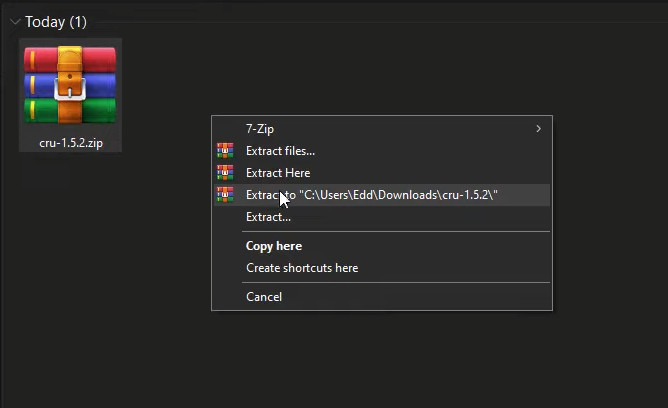
- Run CRU.exe.
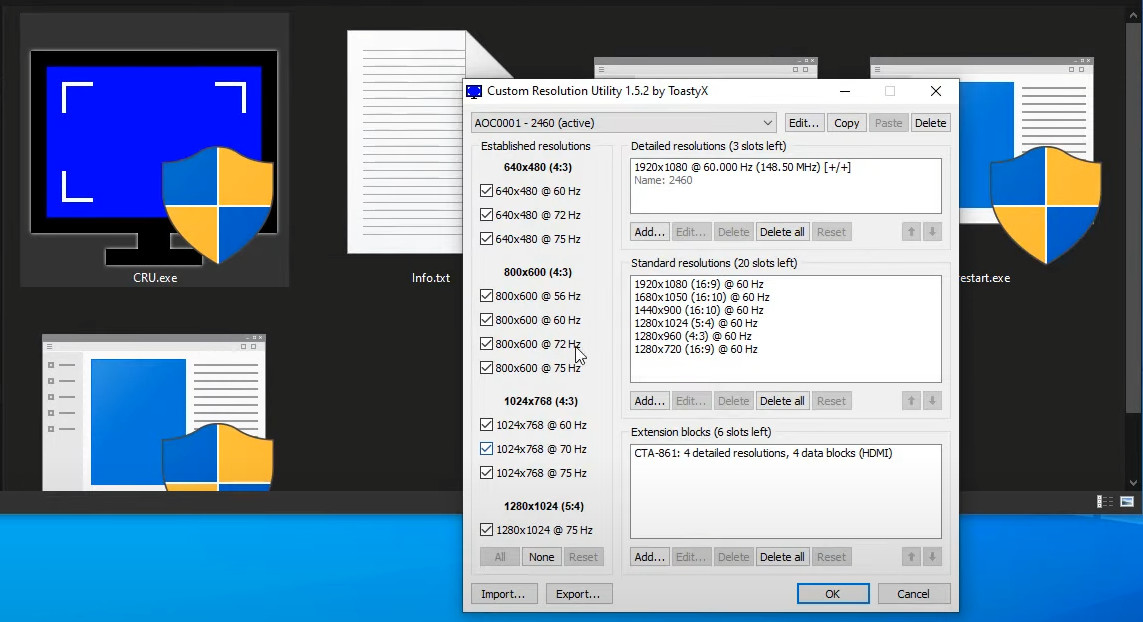
- Select your display from the drop-down menu at the top of the window.
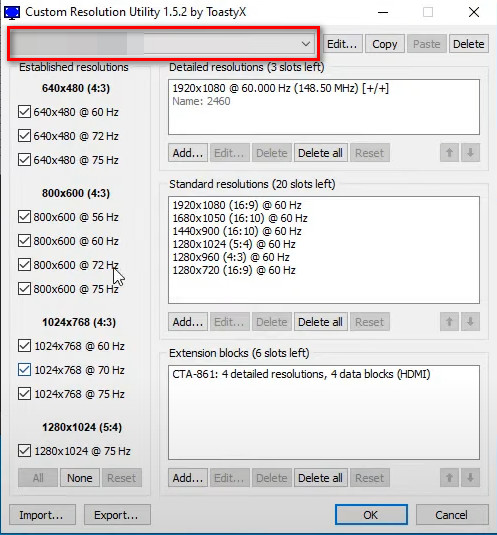
- Under “Detailed Resolution,” click Add.
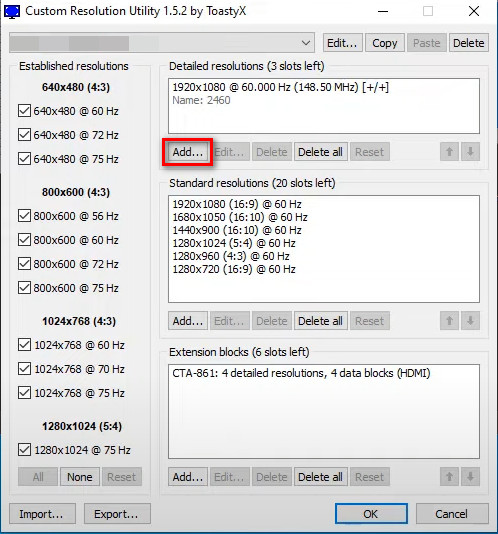
- A “Detailed Resolution” window will pop up with a preset resolution.
- Input the width, height, and refresh rate of the screen in the respective fields.[img class=”aligncenter size-full wp-image-442066″ src=”https://appuals.com/wp-content/uploads/2025/01/2025-01-05_121816.jpg” alt=”” width=”496″ height=”533″]
- Once the resolution is created, move it to the top by clicking the Upward arrow.
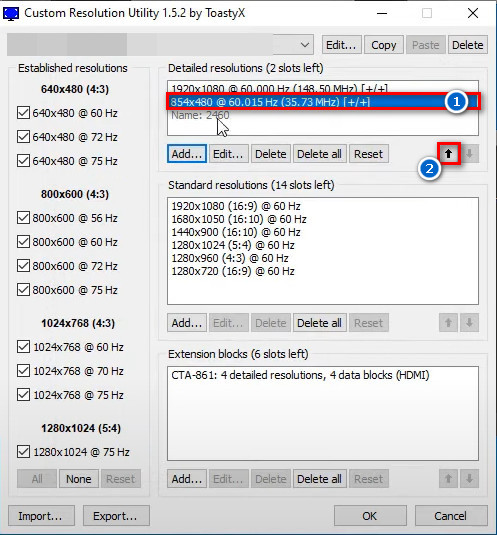
- In the CRU folder, run restart.exe or restart64.exe for 64-bit systems to restart the graphics driver.
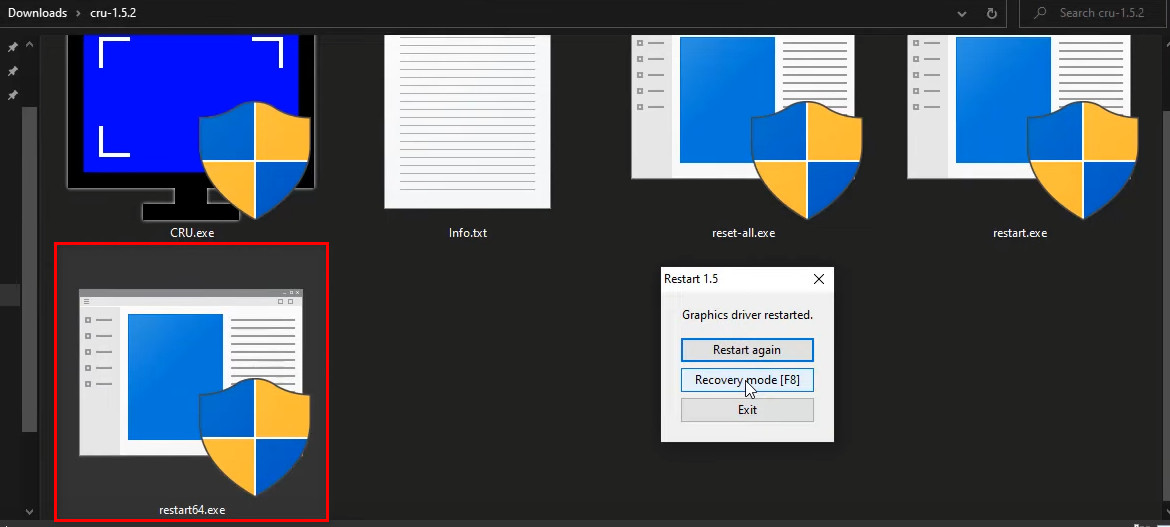
Running this tool applies the changes.
That’s it; these methods are simple and effective for setting up a custom resolution.